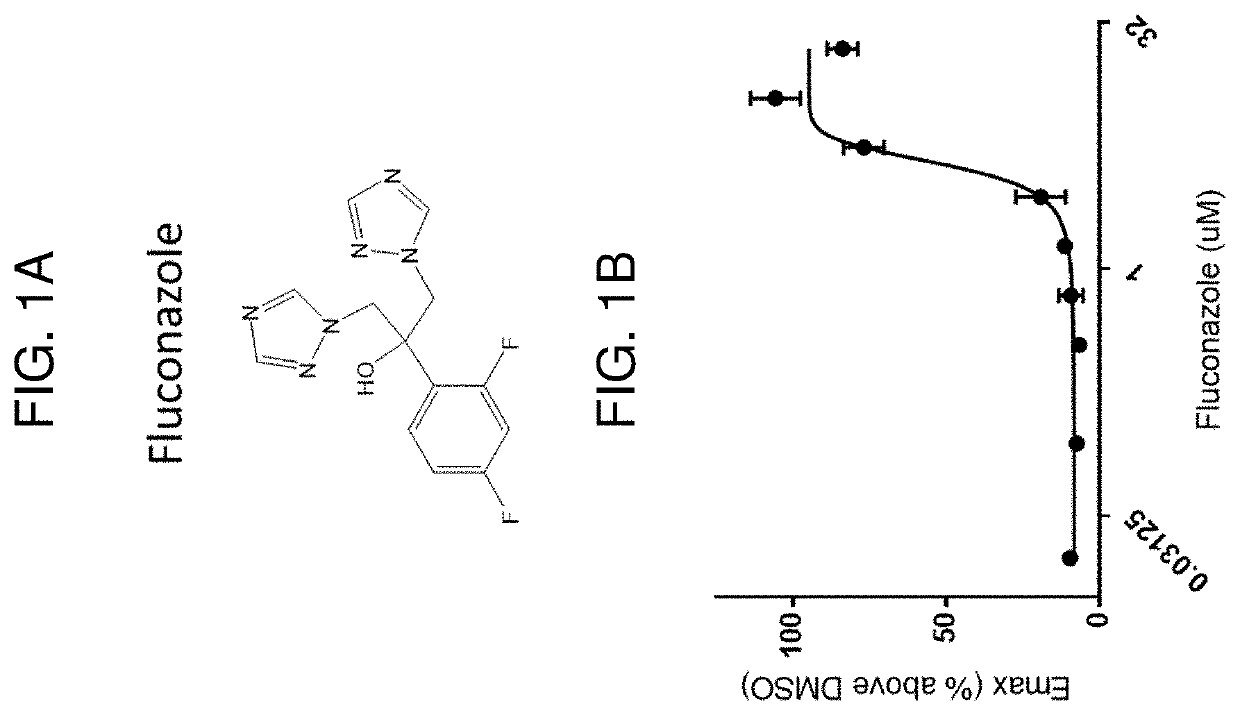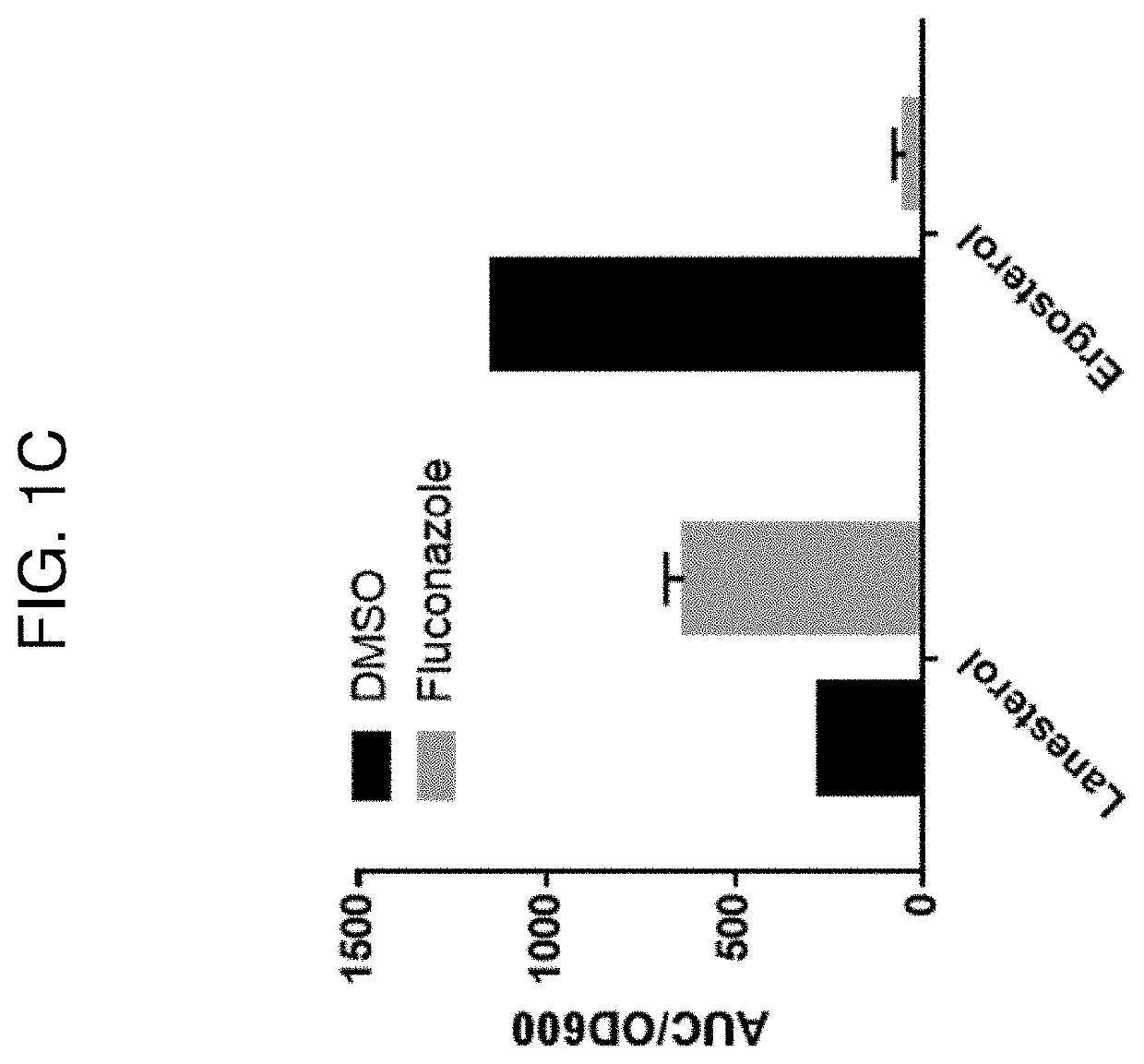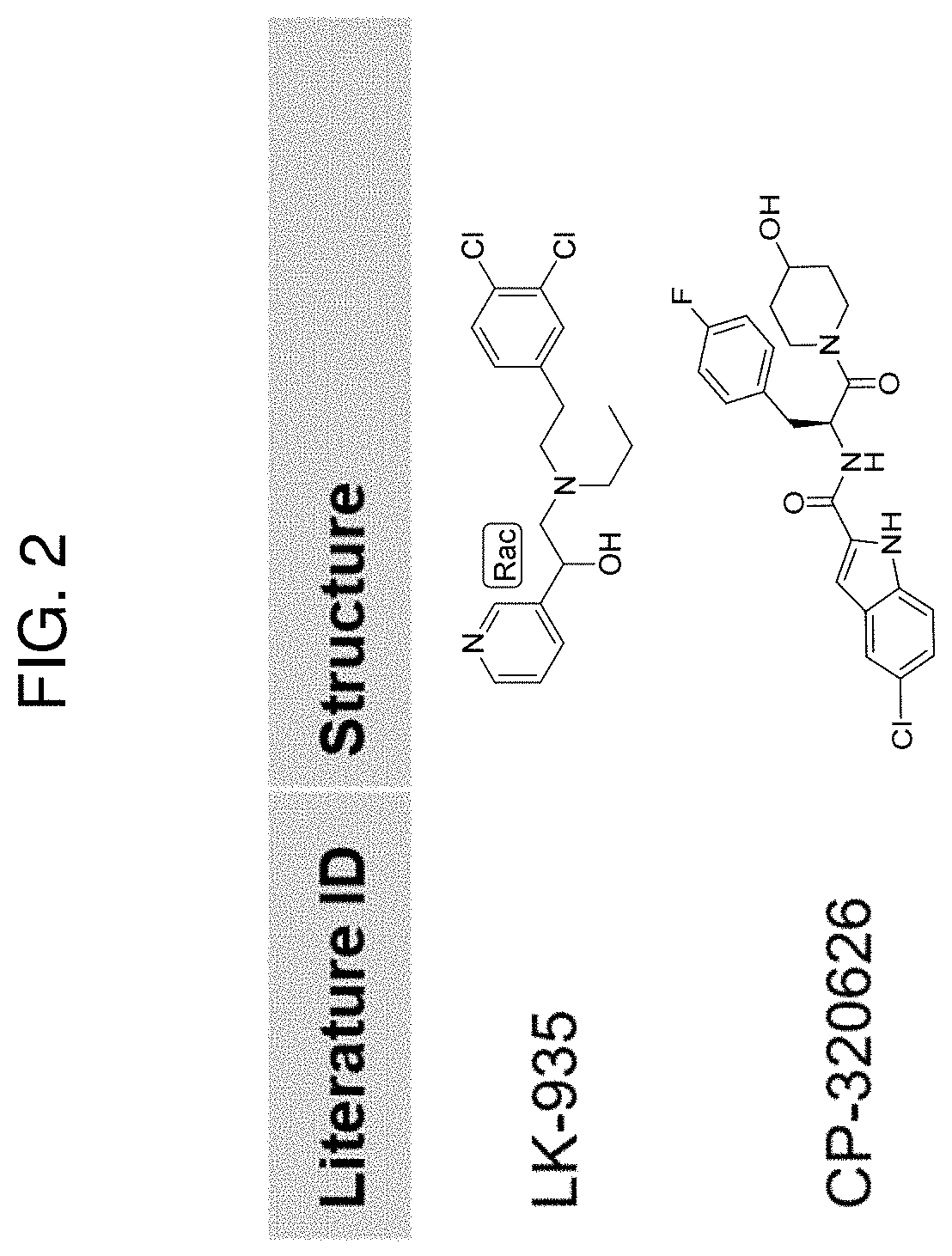Compositions and methods for the treatment and prevention of neurological disorders
- Summary
- Abstract
- Description
- Claims
- Application Information
AI Technical Summary
Benefits of technology
Problems solved by technology
Method used
Image
Examples
example 1
n of CYP51A1 Modulates TDP-43 Aggregation
Introduction
[1128]Amyotrophic lateral sclerosis (ALS), also known as Lou Gehrig's disease, is an aggressive, debilitating disease in which affected patients succumb within two to five years after diagnosis. ALS presents with heterogeneous clinical features but has a common underlying pathology of motor neuron loss that limits the central nervous system's ability to effectively regulate voluntary and involuntary muscle activity. Additionally, without neuronal trophic support muscles being to atrophy, further exacerbating motor deterioration. Cellular and tissue degeneration results in motor impairment such as fasciculations and weakening in the arms, legs and neck, difficulty swallowing, slurred speech and ultimately failure of the diaphragm muscles that control breathing.
[1129]At the cellular level, 97% of all ALS cases have the common pathological feature of misfolded and aggregated TAR-DNA binding protein (TDP)-43 in spinal motor neuron inc...
example 2
CYP51A1 Inhibitor for the Treatment or Prevention of a Neurological Disorder in a Human Patient
[1134]Using the compositions and methods described herein, a patient suffering from or at risk of developing a neurological disorder, such as amyotrophic lateral sclerosis, frontotemporal degeneration, Alzheimer's disease, Parkinson's disease, dementia with Lewy Bodies, corticobasal degeneration, progressive supranuclear palsy, dementia parkinsonism ALS complex of Guam, Huntington's disease, Inclusion body myopathy with early-onset Paget disease and frontotemporal dementia (IBMPFD), sporadic inclusion body myositis, myofibrillar myopathy, dementia pugilistica, chronic traumatic encephalopathy, Alexander disease, or hereditary inclusion body myopathy, may be administered a CYP51A1 inhibitor so as to treat the disease, alleviate one or more symptoms of the disease, or slow or prevent the onset of the disease. The CYP51A1 inhibitor may be, for example, a small molecule that specifically binds...
example 3
ng the Likelihood of a Patient to Respond to CYP51A1 Inhibitor Therapy
[1144]Using the compositions and methods described herein, one may determine the propensity of a patient (e.g., a human patient) suffering from a neurological disease to respond to CYP51A1 inhibitor therapy. For example, a physician may obtain a sample from a patient having a neurological disease, such as amyotrophic lateral sclerosis or another neurological disorder described herein. The physician may then determine whether the patient expresses an isoform of TDP-43 having a mutation selected from Q331K, M337V, Q343R, N345K, R361S, and N390D, among others, as these mutations are associated with elevated TDP-43 aggregation and toxicity. This may be done, for example, by determining the patient's genotype at the TDP-43 locus and / or by isolating TDP-43 protein from a biological sample obtained from the patient and sequencing the protein using molecular biology techniques known in the art. A finding that the patient ...
PUM
| Property | Measurement | Unit |
|---|---|---|
| Catalytic activity | aaaaa | aaaaa |
| Aggregation | aaaaa | aaaaa |
Abstract
Description
Claims
Application Information
 Login to View More
Login to View More - R&D
- Intellectual Property
- Life Sciences
- Materials
- Tech Scout
- Unparalleled Data Quality
- Higher Quality Content
- 60% Fewer Hallucinations
Browse by: Latest US Patents, China's latest patents, Technical Efficacy Thesaurus, Application Domain, Technology Topic, Popular Technical Reports.
© 2025 PatSnap. All rights reserved.Legal|Privacy policy|Modern Slavery Act Transparency Statement|Sitemap|About US| Contact US: help@patsnap.com



